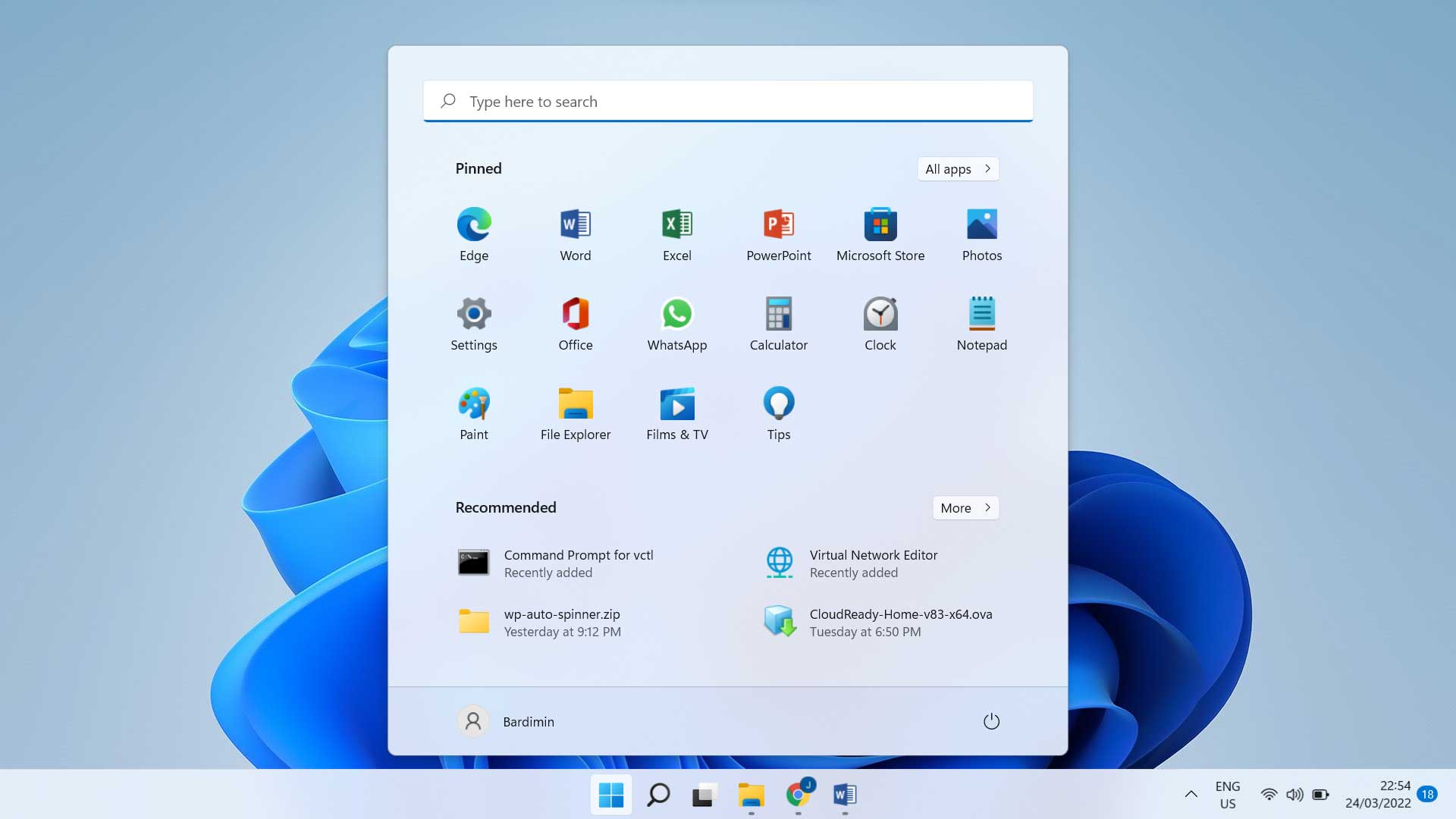If your computer isn’t working fast, the following tips can make it work faster.
Improving the performance of Windows 11 can make the experience of using your computer smoother and more responsive.
How well an operating system works depends on many things, even if you can’t easily see it from your perspective as a user. If you frequently adjust important settings to make Windows 11 run better, you most likely made it faster or prevented it from slowing down.

Here are some tips that can help you improve the performance of the Windows 11 operating system:
Update Windows
Make sure your Windows 11 is always updated with the latest updates. Updates often contain bug fixes, security improvements, and optimizations that can improve system performance.
Optimize Startup
Protect application startup from running too many programs when the computer starts up. You can manage startup items through Task Manager > the Startup Tab. Disable programs that are not required to run at startup.
Set Visual Effects
Windows 11 offers interesting visual effects, but these effects can affect performance. You can turn off or reduce visual effects by following these steps:
- Press the (WIN+I) button to open Settings.
- Select “System > Display”.
- Under “Scale and layout,” select “Advanced scaling settings.”
- In the “Advanced scaling settings” section, scroll down and enable “Custom scaling”.
- Set “Custom scaling” to 100%.
Optimize Power Settings
Make sure the power setting is set for maximum performance. You can do this in the following ways:
- Press the (WIN+I) button to open Settings.
- Select “System > Power &; battery”.
- Make sure the power mode is set to “Best performance”.
Turn Off Transparency Effects
Windows 11 has many elements of transparency, which can affect performance, especially on devices with low specifications. You can turn off the transparency effect as follows:
- Press the (WIN+I) button to open Settings.
- Select “Personalization > Colors”.
- Under “Transparency effects,” turn off the switch next to “Transparency effects.”
Check Background Apps
Make sure no apps are running in the background unnecessarily. You can manage background apps through “Settings > Privacy > Background apps”. Turn off apps you don’t need to run automatically.
Disk Cleanup (Pembersihan Disk)
Perform periodic disk cleanup to remove temporary files, cache, and other unnecessary files that can overload storage space and affect performance.
Check and Repair Disk
Run the Check Disk utility to check and fix errors on your drive. To do so:
- Press the (WIN + X) keys, then select “Windows Terminal (Admin)”.
- Type the command “chkdsk /f” in the terminal window and press Enter.
- If prompted to run a disk check while the system is booting, select “Y” (Yes), then restart your computer.
Update Hardware Drivers
Make sure you have the latest hardware drivers compatible with Windows 11. Drivers that are not up to date can cause performance issues.
Increase RAM
If possible, consider increasing your computer’s RAM capacity. More RAM will improve overall system performance, especially when running a lot of applications or heavy tasks.
Disk SSD
If you’re still using a hard disk drive (HDD), consider replacing it with a solid-state drive. SSDs have much faster data access speeds than HDDs and can make the operating system and applications run faster.
Don’t forget to make copies of important data before making any major changes to your system. Some of the above actions can have an impact on the way the operating system works, so do it carefully and check if there are any problems after changing this.

